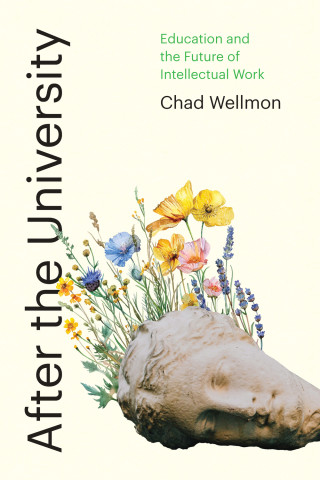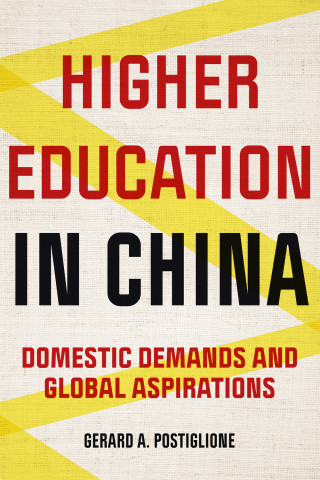
Reviews
Standardized tests have long been a pillar of the American meritocracy. This book brings new data and penetrating insight to the question of how colleges can better understand testing, admissions, and themselves.
This book represents a comprehensive and insightful take on standardized assessments and test-optional admissions in higher education, featuring experts with a variety of perspectives and experiences on the topic. Measuring Success will be a useful reference for higher education professionals for years to come.
A must-read for any enrollment leader. Complex admissions policy decisions require data and thoughtful analysis, and Measuring Success provides this breadth of discussion, viewpoint, and research on a critical issue all in one place. As a dean of college admissions, I deeply appreciate the editors’ and authors’ commitment to rigorous inquiry.
Standardized testing is such a prominent, and frequently misunderstood, part of the college admissions process. This important book pulls together the relevant research from all sides of the issue.
Book Details
The Emergence of Standardized Testing and the Rise of Test-Optional Admissions Practices
1. Eight Myths about Standardized Admissions Testing
2. The Core Case for Testing
3. Grade Inflation and the Role
The Emergence of Standardized Testing and the Rise of Test-Optional Admissions Practices
1. Eight Myths about Standardized Admissions Testing
2. The Core Case for Testing
3. Grade Inflation and the Role of Standardized Testing
4. Merit and Scholarships in Providing Assistance to Students and the Role of Standardized Tests
5. When HSGPA and Test Scores Disagree
6. The Rise of Test-Optional Admissions Practices
7. Going Test-Optional
8. Test Scores and High School Grades as Predictors
Comment to Test Scores and High School Grades as Predictors
9. How Do Percent Plans and Other Test-Optional Admissions Programs Affect the Academic Performance and Diversity of the Entering Class?
10. The Test-Optional Movement at America's Selective Liberal Arts Colleges
11. The Effect of Going Test-optional on Diversity and Admissions, by Kyle Sweitzer
The Future of College Admissions
List of Contributors
Index





